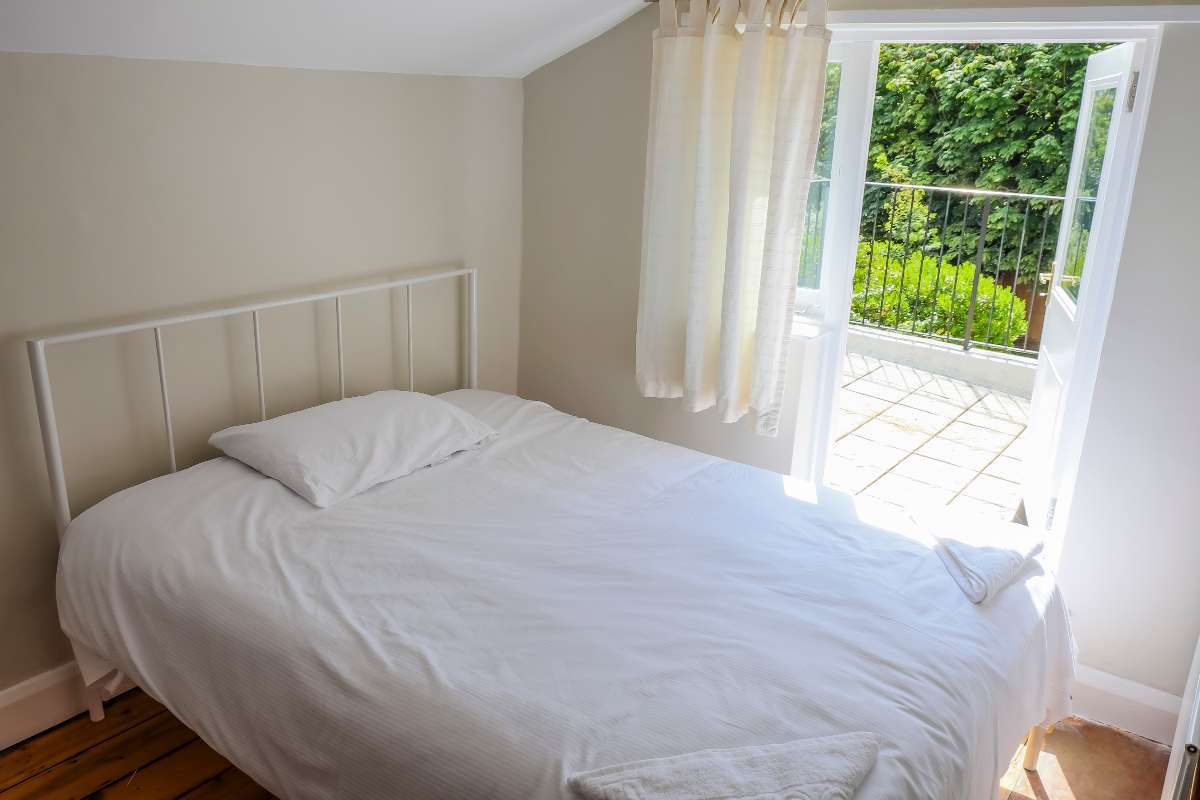Proper ventilation is crucial to maintaining a healthy and functional home; the attic is no exception. Many homes have lofts that often go unnoticed, but they play a significant role in the overall well-being of a house. This blog will explore the importance of proper attic ventilation and its impact on energy efficiency, moisture control, and the roofing system's longevity. Understanding the benefits of attic ventilation will help homeowners make informed decisions and take the necessary steps to ensure their attics are adequately ventilated, promoting a comfortable and durable living environment.
1. Moisture control
One of the primary reasons for proper attic ventilation is moisture control. Attics are susceptible to moisture buildup due to condensation, air leaks, and high humidity. This excess moisture can lead to mold growth, wood rot, and damage to insulation and structural components without adequate ventilation. Proper ventilation allows for exchanging moist air with fresh air from the outside, reducing humidity levels and preventing moisture accumulation in the attic. This helps to maintain a dry and healthy environment, protecting the integrity of the attic and the entire home.
2. Temperature regulation
Attic ventilation plays a crucial role in temperature regulation within the home. During a hot summer, attics can become excessively hot, trapping heat and transferring it into the living spaces below. This can strain cooling systems, increasing energy consumption and discomfort indoors. Proper ventilation allows hot air to escape from the attic, reducing heat buildup and creating a more balanced temperature throughout the home. In colder months, ventilation helps prevent condensation and ice dam formation on the roof, which can cause water damage and compromise the roofing system.
3. Energy efficiency
Proper attic ventilation contributes to overall energy efficiency in a home. By preventing excessive heat buildup in the attic, ventilation helps reduce the workload on air conditioning systems during hot weather. This, in turn, lowers energy consumption and reduces cooling costs. In colder months, ventilation helps to maintain a consistent temperature and prevent the formation of ice dams, reducing the need for excessive heating and minimizing energy usage. By ensuring that the attic is adequately ventilated, homeowners can improve the energy efficiency of their homes, reduce utility bills, and lessen their environmental impact.
4. Roof longevity
Proper attic ventilation has a direct impact on the longevity of the roofing system. Without adequate ventilation, heat buildup in the attic can cause shingles to deteriorate prematurely, leading to cracking, curling, and reduced lifespan. Excessive moisture and condensation can damage the roof structure, including the decking and rafters. Proper attic ventilation helps to maintain a consistent temperature and remove excess water, reducing the risk of damage to the roof and extending its lifespan. By preserving the roofing system's integrity, homeowners can avoid costly repairs or premature roof replacement.
5. Prevention of ice dams
Ice dams occur when warm air from the attic melts snow on the roof, refreezing the eaves and forming ice dams. These ice dams can lead to water intrusion, damaging the home's roof, insulation, and interior. Proper attic ventilation helps to regulate attic temperature, reducing the likelihood of snow melting on the top and minimizing the formation of ice dams. Homeowners can protect their roofs from ice dams and the associated water damage by ensuring adequate airflow and preventing temperature variations in the attic.
Proper attic ventilation is essential for maintaining a healthy, energy-efficient, and durable home. Homeowners can ensure a comfortable living environment and protect their investment by controlling moisture levels, regulating temperatures, promoting energy efficiency, preserving the roofing system's longevity, and preventing ice dams. It is crucial to assess the ventilation needs of the attic, considering factors such as insulation, vent types, and airflow requirements. Consulting with professionals and adhering to building codes and guidelines will help homeowners implement the appropriate ventilation system for their attics, promoting a well-ventilated and functional space within the home.

